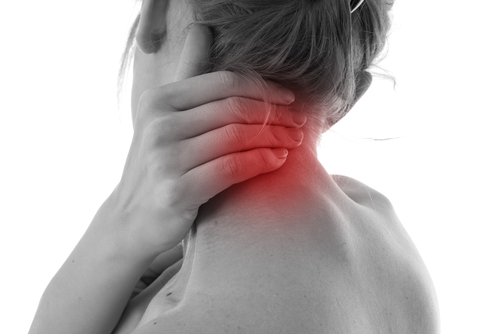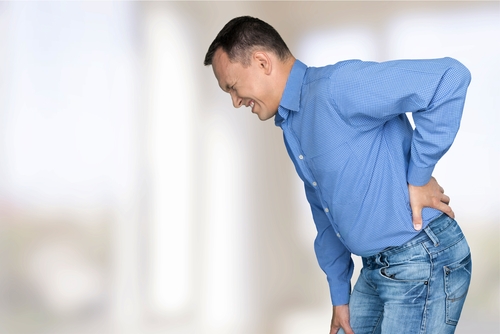Scoliosis represents an abnormal curvature of the spine. It starts in adolescence when the main bones in the skeleton experience the most significant growth spurt. Doctors estimate that at least 7 million Americans suffer from this condition. However, the number may be larger, because people who only have a slight degree of curvature of the spine do not go to tests and are not diagnosed. In this article, our doctors will explain the benefits of chiropractic therapy for scoliosis, as well as some relevant facts about living with this condition.
When and Why Does Scoliosis Appear?
As we stated above, the first signs of scoliosis appear in adolescence. In most cases, the curvature of the spine is mild and barely visible. In other cases, there is a marked difference between the level of the shoulders and the overall posture of the patient.
It is not clear why scoliosis appears. However, many cases present the following medical history:
- Neuromuscular conditions, such as muscular dystrophy (underdeveloped muscles, unable to maintain a straight posture)
- Birth defects that affect the spine as it develops
- Injuries to the spine
- Surgery on the chest wall during early infancy.Also, the condition appears to be genetically inherited, and it usually affects girls in a higher proportion compared to boys.
What Are the Risks of Living with Scoliosis?
The lateral curvature of the spine changes the entire position of the ribcage. This means that the ribs may press on certain organs, causing:
- Respiratory problems
- Digestive problems
- Chronic pain.
Also, as the condition worsens, the person’s appearance is visibly different from the normal posture. This leads many patients to develop extreme shyness and self-consciousness about the way they look, becoming recluse and asocial.
Is Chiropractic Therapy for Scoliosis a Good Choice?
In our clinic, we strive to help patients with scoliosis enjoy a better quality of life. First of all, we wish to clarify one aspect: a chiropractor will not straighten your spine. This requires surgery, and it is only recommended in very severe cases, when the angle of the spine exceeds 50 degrees.
What chiropractic therapy for scoliosis does is this:
1. Prevent the Spine Curve from Getting Worse
We recommend starting chiropractic care for scoliosis at the earliest signs of the conditions. Our chiropractors are trained to work with different categories of patients, including teenagers.
We will adapt our adjustment techniques to each patient, taking into account their tolerance to pain and other relevant information from their medical history. Our aim is to delay as much as possible further deformation of the spine, until the spine reaches its full length and becomes more stable.
2. Help Relieve Pain
Chiropractic therapy for scoliosis includes massages, which help relax tense and overstretched muscles in the back. For patients, it makes all the difference in the world – they are no longer living with back pain on a daily basis and can focus on their education, hobbies and life plans.
We are aware that pain is not only a cause of fatigue, but also a constant source of stress for patients with scoliosis. Thus, we are trying to give them not only pain relief, but also a positive outlook on life.
3. Educate Patients to Lead a Healthier Life
People with scoliosis tend to be withdrawn, stop practicing sports and enjoying their hobbies. This usually leads to an unhealthy, sedentary lifestyle, combined with resorting to comfort food, which is usually rich in sugar or fats.
A big part of chiropractic therapy for scoliosis is talking to the patient and explaining them that this withdrawal from active life creates a vicious cycle: weak muscles and excess weight generate more pain and speed up the evolution of scoliosis.
At our clinic, we specialize in chiropractic therapy for scoliosis adapted for people of all ages. We will treat you with care and make you feel safe and comfortable. Call us now to set an initial appointment with us!


